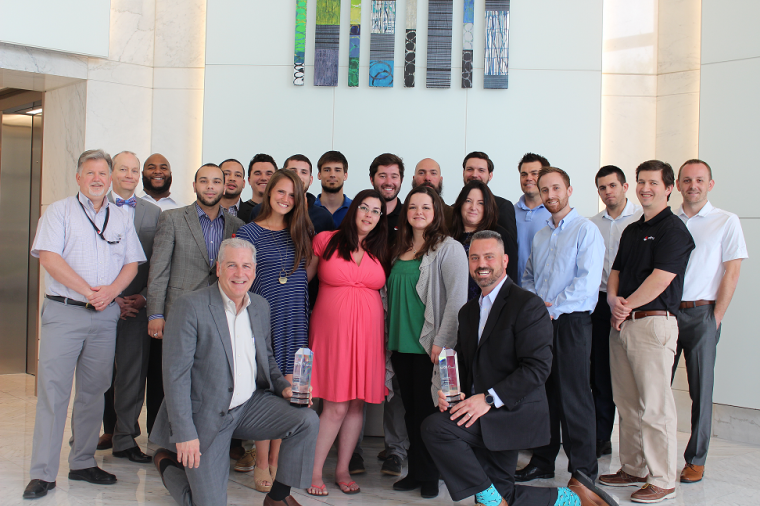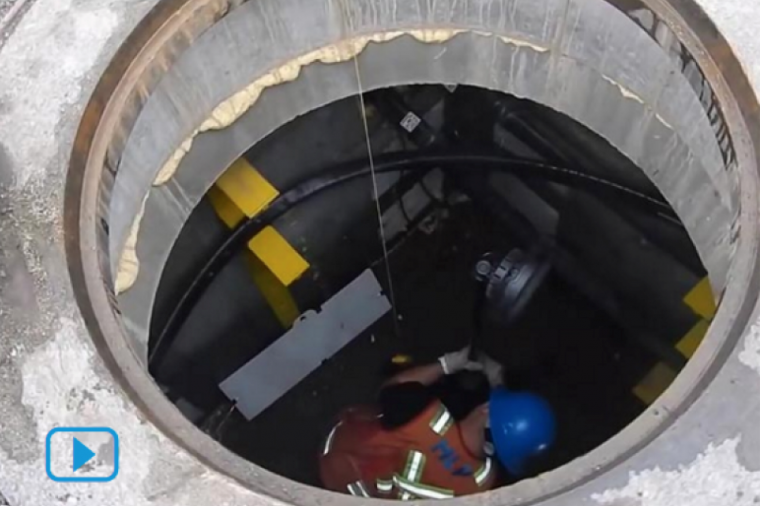 Gunnar Hellekson was good enough to help me along the path with this response on commoditization, one of my favorite words. The grounding idea for me is "undifferentiated good". Undifferentiated (another good word) is a biological concept that means "having no special structure or function." How better to bring me out of the spin I was in and back to the path at hand? The destination we both reference should be IT goods that are not unnecessarily unique in a particular problem space. CRM systems need to compete on quality, reporting and usefulness, not basic “CRMness,” unexportable data or proprietary connectors. No need to invent a new type of hammer unless there really is a need for a specialized design; you wouldn't want to break rocks with a framing hammer although you could drive nails with a geologist's hammer.
Gunnar Hellekson was good enough to help me along the path with this response on commoditization, one of my favorite words. The grounding idea for me is "undifferentiated good". Undifferentiated (another good word) is a biological concept that means "having no special structure or function." How better to bring me out of the spin I was in and back to the path at hand? The destination we both reference should be IT goods that are not unnecessarily unique in a particular problem space. CRM systems need to compete on quality, reporting and usefulness, not basic “CRMness,” unexportable data or proprietary connectors. No need to invent a new type of hammer unless there really is a need for a specialized design; you wouldn't want to break rocks with a framing hammer although you could drive nails with a geologist's hammer.
Commoditization is a path; highly specialized, hand crafted origins give way to mass production and competition as demand increases. Yet in IT, we are still in a bespoke world. Often "off-the-shelf" software still requires integration and can spur vendor lock-in. Software is usually not a complete bundle either, we still need to buy supporting components for operating systems and data storage and sometimes application run-time frameworks as well. While the components themselves can indeed be commodities, we are much more interested in higher order systems; consumers want turn-key houses not a collection of fixtures, fittings and appliances.
Maybe it was the tree house itself that lead me down the garden path, so let's use something else as a complete kit: a swing set. Most everyone has seen the wooden swing / slide / house combo kits, either in someone's backyard or the parking lot of your local hardware store. This is the kind of compiled commoditized product that Gunnar is talking about: a collection of nuts, bolts, wood and plastic pre-cut and pre-planned that you buy in a box and put up on your own. And you have options: blue slide or green, two swings or three, red awning or striped. But none of those change the fundamental delivered intent: swings, slides and fun for the kids.
Let's take up Gunnar's challenge, how do we make this move easier? Do we start by changing our views of requirements? Are we overly demanding on details that don't really matter, forcing a tailor-made suit to get a half-shade darker blue than the suit on the wall? Is it an industry problem that’s focused too much on constant feature innovation, regardless of demand or utility, and solving problems that no one has? Is it a technology problem with too many things that don't easily interoperate and are difficult too integrate?
I, like Gunnar, think open source and open standards are key elements in the path to enlightened componentry. Where do you think we should start to unravel this ball of twine?
Images courtesy of Gold Silver Alert & Kid’s Creations










































